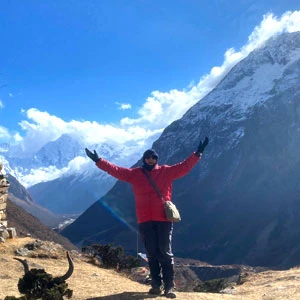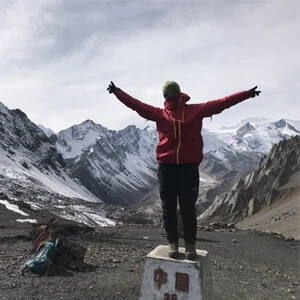Kanchenjunga North Base Camp Trek
The world's third-highest peak, Kanchenjunga (8,598 meters), is only surpassed by Everest and K2. It is undoubtedly one of the most spectacular massifs in the Himalayan range, majestically rising from the borders of Sikkim and Nepal (India). The region is accessible from Nepal and India, and isolated mountain settlements of Tibetan and Limbu people inhabit it. The official start of our trek is in Taplejung, Nepal. The Short Kanchenjunga North Base Camp Trek is considered the least explored, less popular, unspoiled, undeveloped, but surprisingly beautiful and rewarding trek in Nepal. The trail climbs above canyons, valleys, and remote villages to reach the third-highest mountain's north face. You may walk the isolated trails that wind beneath this massive mountain for days without coming across anyone. Strolling through the isolated alpine region of far eastern Nepal is a voyage of absolute calm.
We pass through rural Limbu, Rai, and Tibetan communities on our walk in the northeast. Native to Kanchenjunga, the Limbu people speak a Tibetan dialect and practice a synthesis of Hindu, Buddhist, and animist beliefs. This challenging hike offers the full Himalayan experience along with vast vistas, narrow valleys, and rushing rivers. As we make our way uphill toward the glaciers and high alpine meadows, we hike for days through lush bamboo and rhododendron forests. At Kanchenjunga Base Camp(KBC), Pang Pema marks the conclusion of our round-trip trek (5,143 meters). Over 16 Himalayan peaks, including Kirat Chuli (Tent Peak, 7,362 meters), Jannu (7,710 meters), Nepal Peak (7,177 meters), Gimmigela (6,415 meters), and Ramtang Peak (6,700 meters), are visible in this stunning panorama. On the trip, it's possible to see wild pheasants, red-billed blue magpies, Himalayan black bears, musk deer, and even red pandas. We trek over the Kanchenjunga moraine, where you will be encircled by a 360-degree view of the towering Himalayas, to get to our ultimate goal, the stunning Kanchenjunga North Base Camp.
We conclude our hike in the middle highlands of eastern Nepal, which are incredibly less crowded and home to some rare natural gems, before boarding a flight back to Kathmandu via Bhadrapur. The 18-day Kanchenjunga North Trek is perfect for anyone looking for a trip that is actually off the beaten path and offers some of the least-traveled trekking terrains in Nepal. Moreover, if you are unsatisfied with just the Short Kanchenjunga North Trek, then you may consider the Kanchenjunga South Base Camp Trek or combining both Base Camp (Kanchenjunga Circuit) Trek too. For more details, why not get in touch with our local specialists right away? We are ready to help you 24/7.
Moreover, you may also have a look at Kanchenjunga Circuit Trek, Manaslu Tsum Valley Trek, Upper Mustang Trek, and many more packages.
North Kanchenjunga Base Camp Trek Difficulty
The North Kanchenjunga Base Camp Trek is not for everyone due to its demanding challenges. During this journey, you will trek past steep ascents, rocky paths, narrow ridges, and glacier crossings. As you ascend higher, the trail gets more rugged and altitude starts to take an effect on your body, making each step harder as time passes. Especially, the final ascent to the base camp is particularly grueling, as trekkers must navigate through loose scree and icy patches while battling thinning air.
Furthermore, the overall journey can be quite intimidating as you will have to put longer hours through the remote trail with limited access to amenities and sometimes unpredictable weather. Also, as you reach the high-altitude segment, each day exposes you to a higher threat of altitude sickness and the nights start to get bitterly cold often disrupting your sleep. Moreover, river crossings and landslide-prone areas can test one's balance and decision-making skills, adding to the trek's complexity. Altogether, the North Kanchenjunga Trek is a strenuous journey and to accomplish it, you must have a steady pace, proper acclimatization, and a solid level of fitness.
Best Time To Trek North Kanchenjunga Base Camp
The ideal time to trek to the Kanchenjunga North Base Camp is during the Spring (March to May) and Autumn (September to November). These windows provide the best combination of clear skies, moderate temperatures, and stable trail conditions, making the trek safer and more enjoyable. The major highlight of trekking in Spring is the lush greenery that adorns the lower region of this journey with vibrant blooms of rhododendrons and magnolias. As for the Autumn, it offers some excellent views of the Himalayas with crystal-clear blue skies.
In addition, during these times of the year, the trails are dry and easier to navigate due to the absence of heavy rain or snow. This balance of accessibility and beauty makes these seasons ideal for both seasoned trekkers and those venturing into high-altitude trekking for the first time.
Trekking outside these windows such as in the Monsoon or Winter, introduces avoidable difficulties. Monsoon rains bring muddy, leech-infested trails and the constant risk of landslides, while Winter's extreme cold and heavy snow can block key passes and make high-altitude camping treacherous.
Permits Cost In The Kanchenjunga Region:
To enter the restricted Kanchenjunga region, you must have a minimum of two people in your group (contact us to join a group), two permits per person, and a trek with a government-licensed guide. When trekking with Nepal Trekking Experts, all permit fees are included in your package. The permit process is more involved in trekking in the Kanchenjunga region compared to others; however, we will process everything and obtain it on your behalf.
- The Kanchenjunga Conservation Area Project Entry Permit (KCAP) costs 2000 Nepali rupees per person with no time restrictions.
- Restricted Area Entry Permit (RAP) for Tapethok and Yamphuding costs 20 USD per person per week.
Booking And Payment With Nepal Trekking Experts
To book your trek with us, you have to send a deposit of 10% of the total cost of the trek. Please also forward a copy of your passport, a passport-sized photo, and full flight details if and when available. For your convenience, you may also forward the deposit to us online through our website. It is completely safe, and as soon as you make it, you will get an automatic receipt in your inbox. The rest of the payment can be paid upon arrival.
If you have any questions, do not hesitate to contact us anytime. We are always ready to assist.


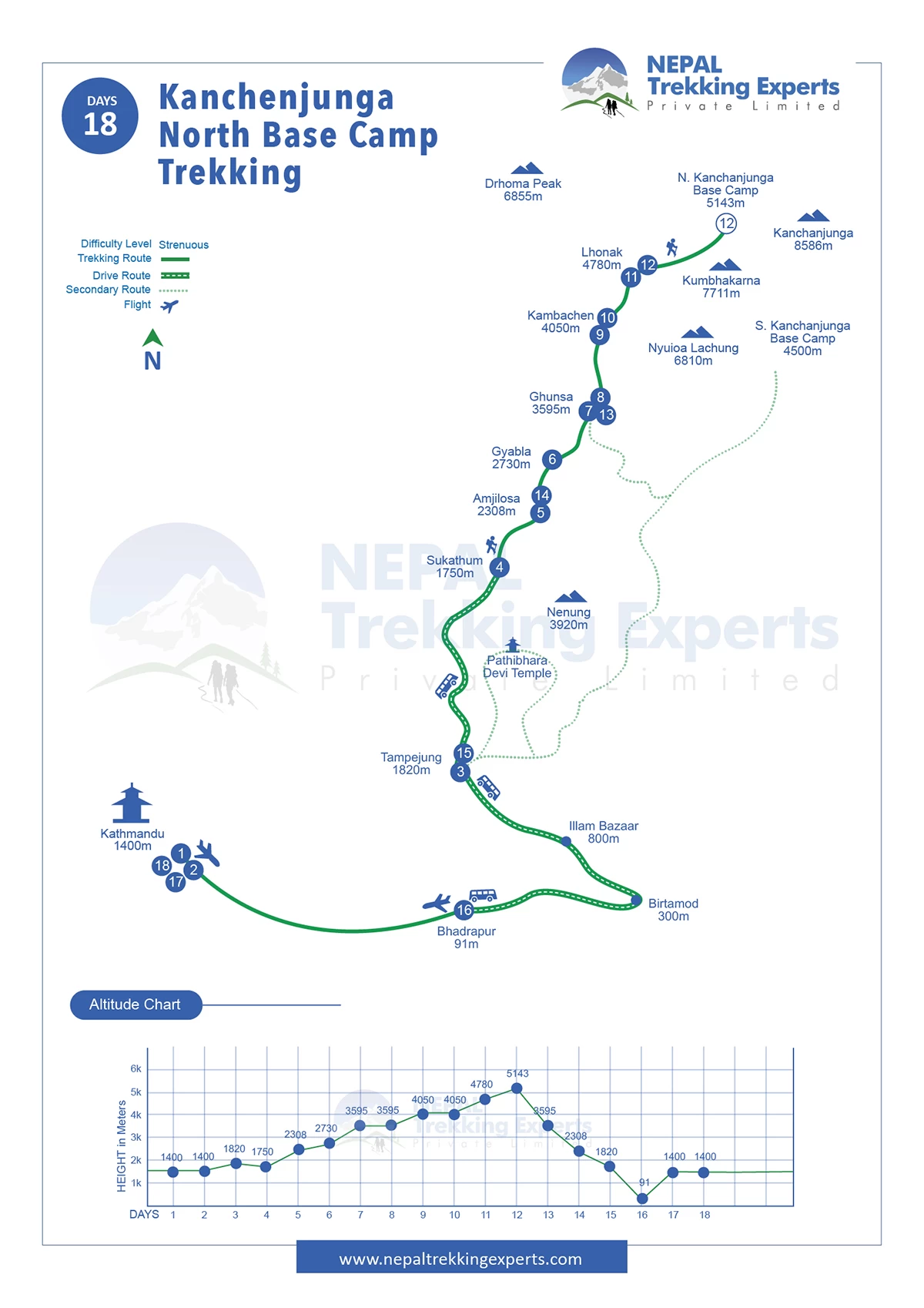
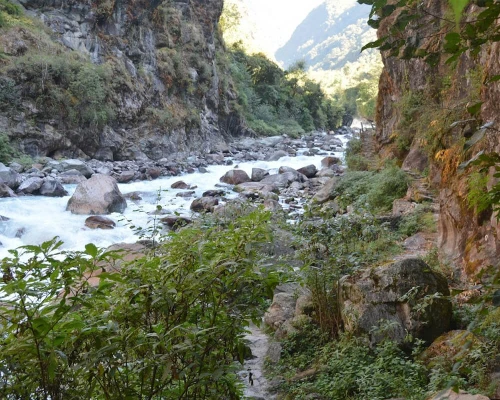

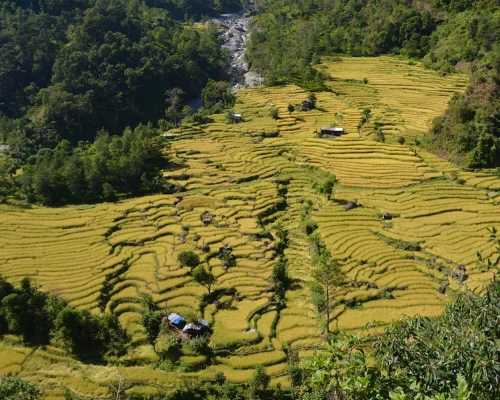
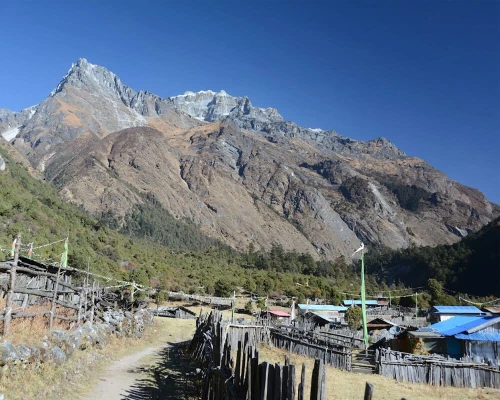
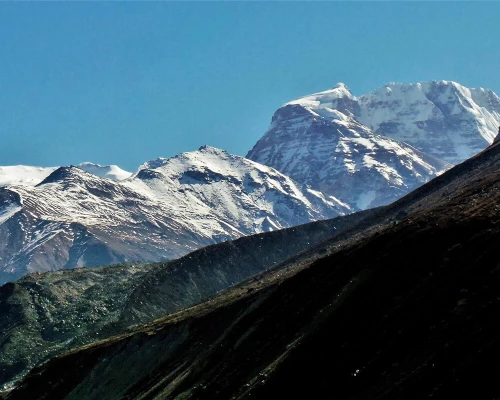
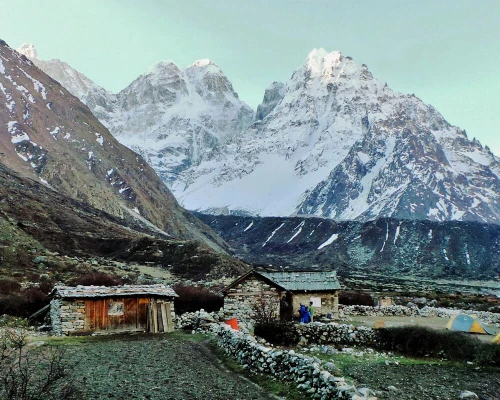


 based on 16 reviews
based on 16 reviews



